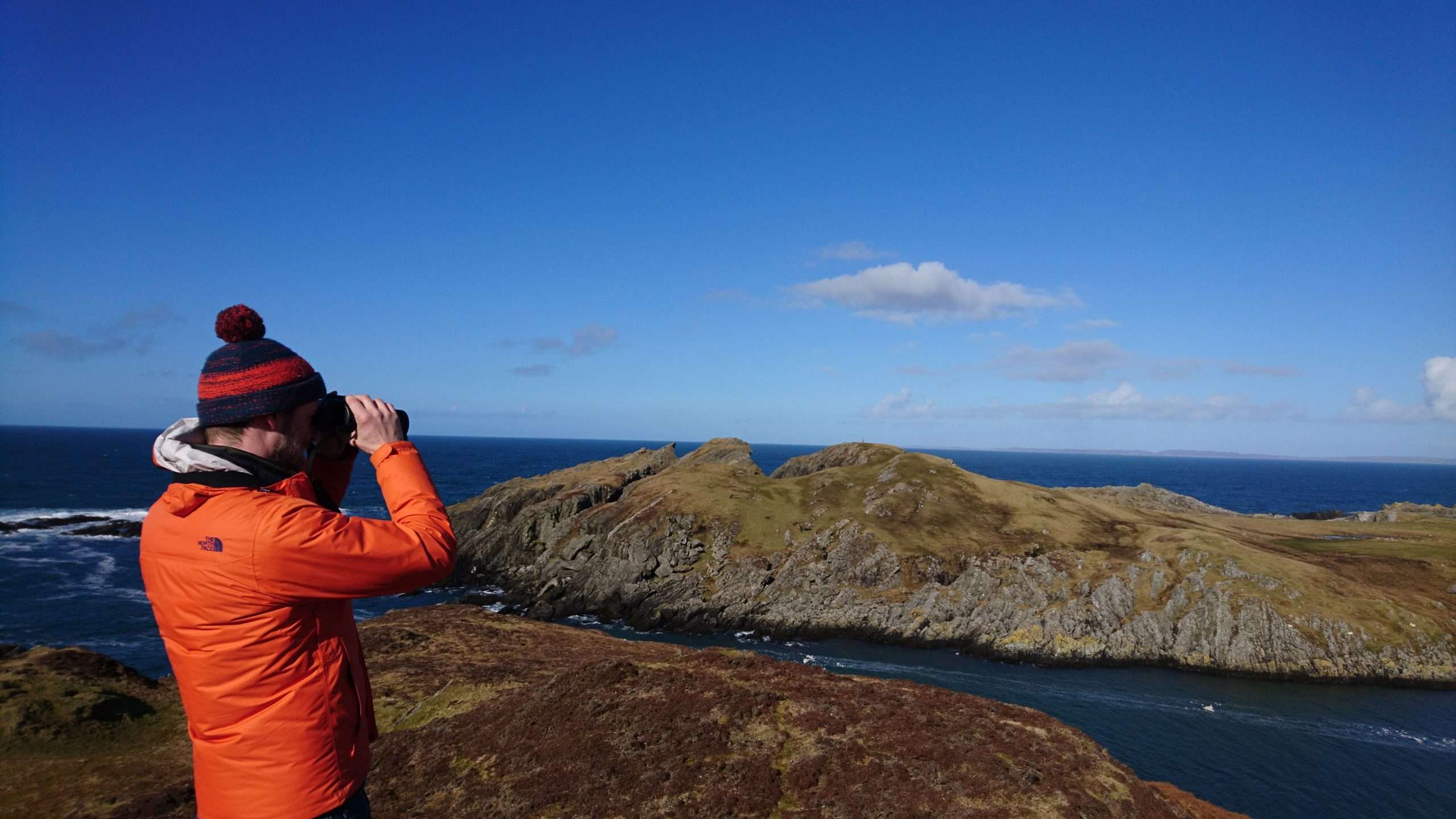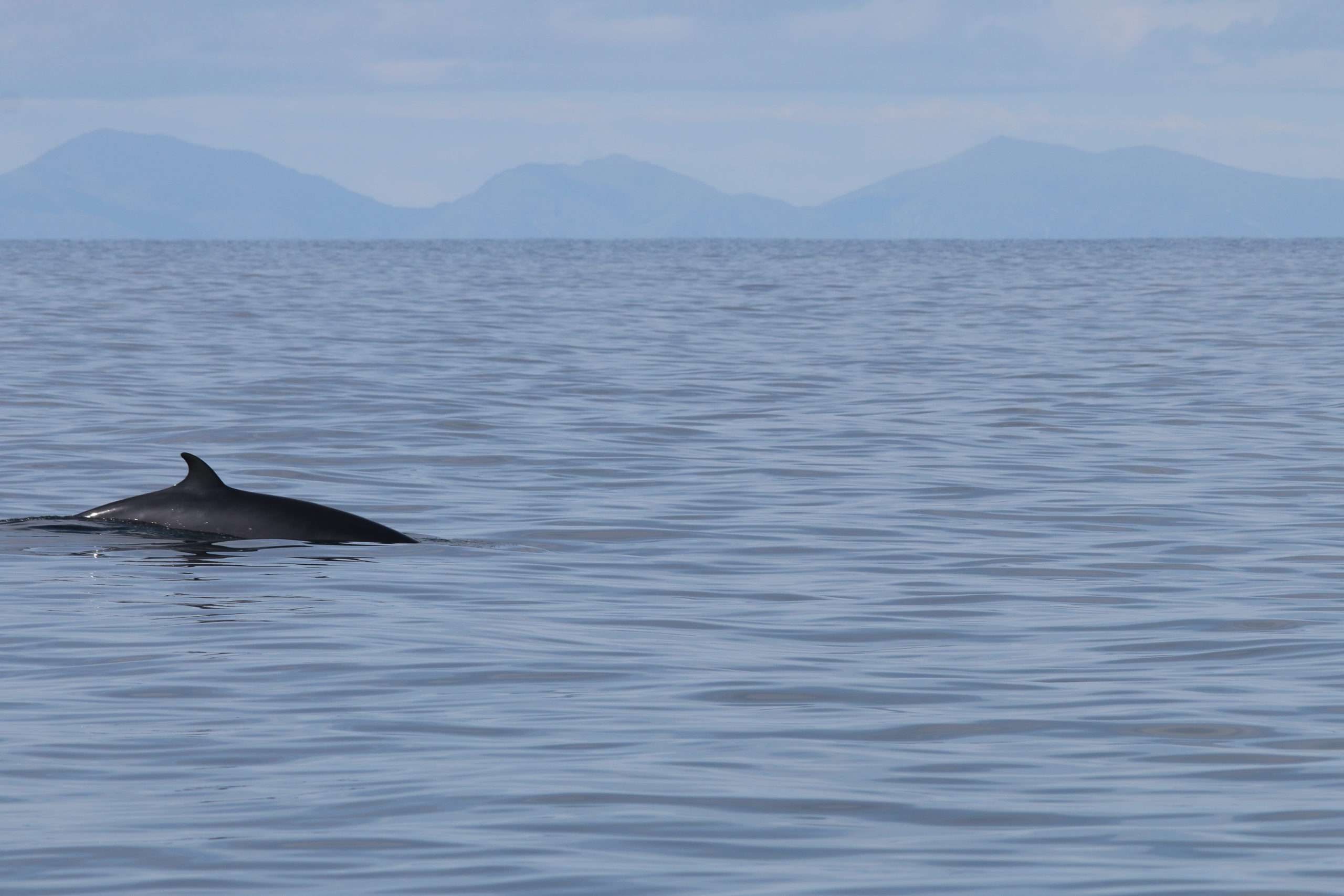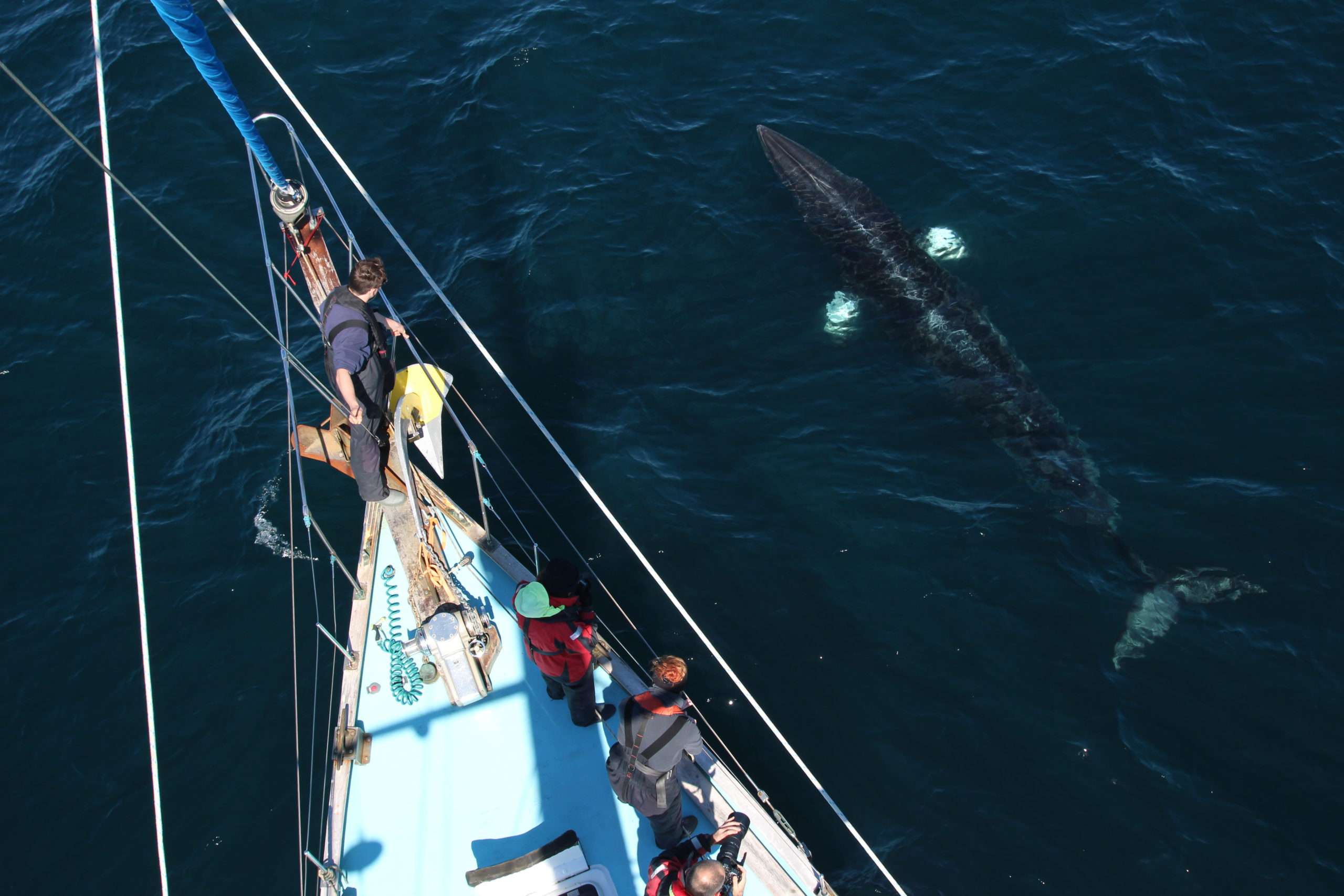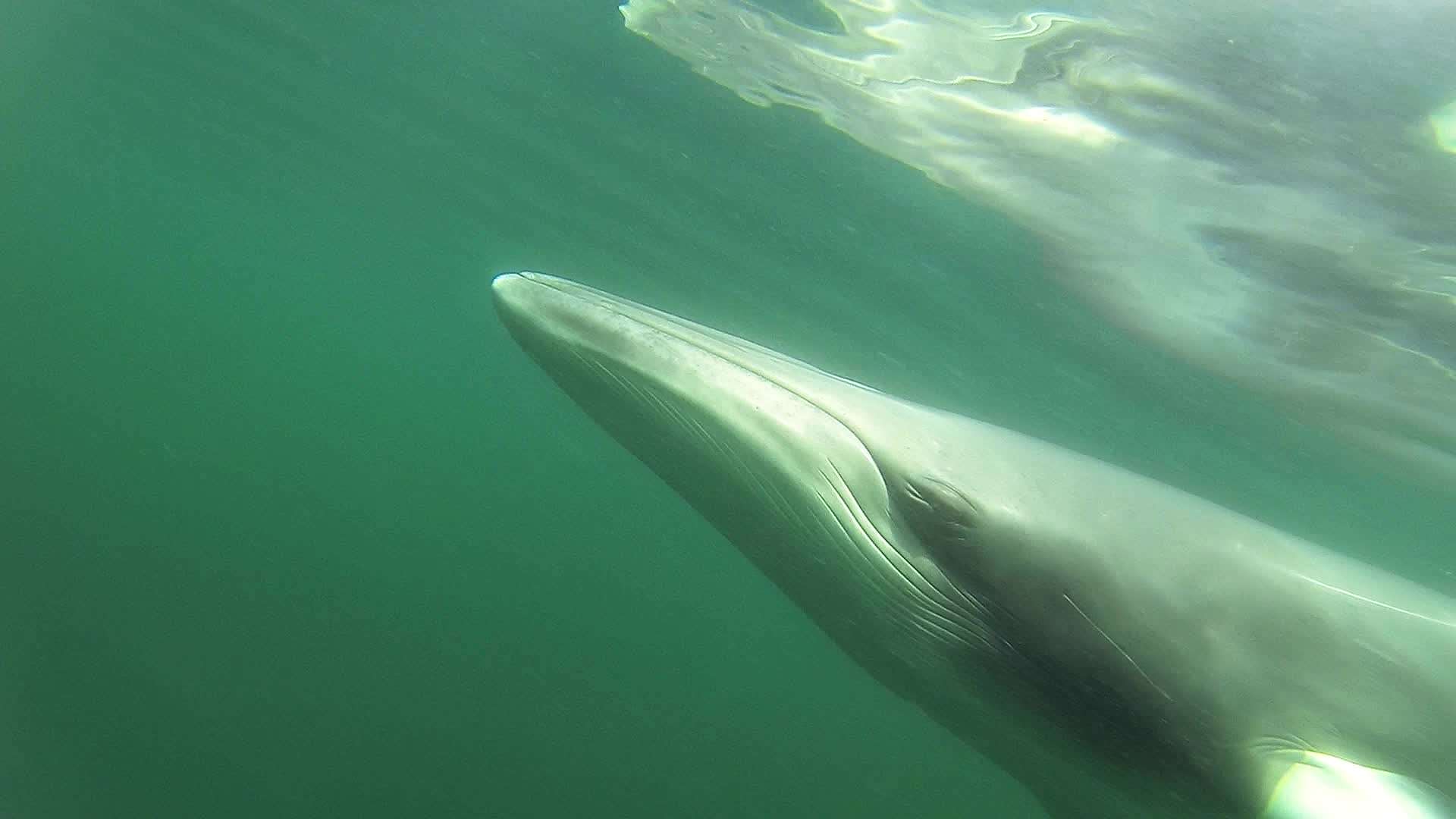Scotland’s west coast seas are a vitally important area for minke whales – with some of these spectacular but vulnerable marine mammals notching up Europe’s longest sighting histories of almost 30 years, research by the Hebridean Whale and Dolphin Trust shows. A newly published digital catalogue – bringing together photographic identification records submitted by members of the public over three decades – shows that more than 300 individual minke whales have been identified in the Hebrides since 1990.
A third (33%) have been seen more than once – some over many years and others numerous times. A minke whale named Snowy has visited the region over an astonishing 27-year period – the longest known history of sightings for this species in Europe. A whale known as Knobble holds the title for the most frequently recorded minke whale in the Hebrides, having been spotted more than 60 times since 2002, mostly in waters around the Isle of Mull.
Whale Track

Minke whales migrate to western Scotland’s seas each summer to feed in the exceptionally rich waters. The substantial timespan of the research is shedding new light on their lives, and is building a long-term picture about their numbers, range and behaviour, and how best to protect them. “Photographs are a powerful tool for strengthening our understanding of whale movements and the threats they face – providing vital evidence for effective conservation,” said Dr Lauren Hartny-Mills, the Hebridean Whale and Dolphin Trust’s Science and Conservation Manager. “This catalogue of identifiable whales is testament to the dedicated community of citizen scientists who diligently submit their sightings and photographs to us. Thanks to so many people over 30 years, we know our seas are world-class habitats which need to be better protected and restored.”
Thousands of photographs a year are shared with the Trust by the public and wildlife watching crews through a community sightings website and smartphone app called Whale Track. Photographs are also collected by volunteers during the Trust’s research expeditions on its research yacht Silurian. Researchers then use photo-identification to look for specific markings or features to identify and catalogue individual whales, dolphins, porpoises and basking sharks seen in the region. While some minke whales have only been recorded once so far, more photographs – whether past or present – from the public will help researchers establish if these individuals have also been making return visits or were just passing through Scottish waters.
Effective conservation

Sea Life Mull’s wildlife guide Andy Tait, who has submitted thousands of images over the past 30 years, said: “By using the new online catalogue, anyone can match their sightings with known individual whales. They might even discover a new whale that can be added to the catalogue, which is really exciting. This is citizen science in action, and the great thing is that anyone can get involved.”
The new online catalogue is helping the Trust’s scientists assess the health of the whales, and threats facing them. Marine ecosystems are under threat from human activities including warming seas due to climate change, pollution, and habitat degradation. Scars and injuries have revealed that 22% of minke whales have at some point been entangled in marine litter and fishing gear, which can cause mobility problems, injury and even death. Minke whales are also a target species for commercial whaling in Iceland and Norway.
Whales hunted there are believed to be from the same population as those identified in the Hebrides, but their movement patterns are not fully understood. The Trust hopes its catalogue will help strengthen international understanding of whale movements through collaboration with researchers in other countries, and contribute to wide-scale conservation action to protect these animals throughout their range.

The Trust’s marine scientists are carrying out further in-depth analysis of the photo-identification findings, to better understand how faithful minke whales are to the Hebrides and to identify any specific areas of importance. This is crucial for effective conservation and management strategies. The Trust, based in Tobermory on Mull, says there is still much to be discovered. Although record-breaking Knobble has become a local celebrity – starring in a children’s book, Facebook page and song on YouTube – Knobble’s sex, or where the whale goes in winter, are still unknown.
The Trust is asking people to submit photographs of whales and dolphins through its Whale Track website www.whaletrack.hwdt.org or free smartphone app, or by emailing [email protected]. The charity is also recruiting paying volunteers for its annual research expeditions onboard Silurian.
The Minke Whale Photo-Identification Catalogue for the West Coast of Scotland 1990-2020 is available on the Trust’s website at www.hwdt.org.
All images courtesy of the Hebridean Whale and Dolphin Trust.

